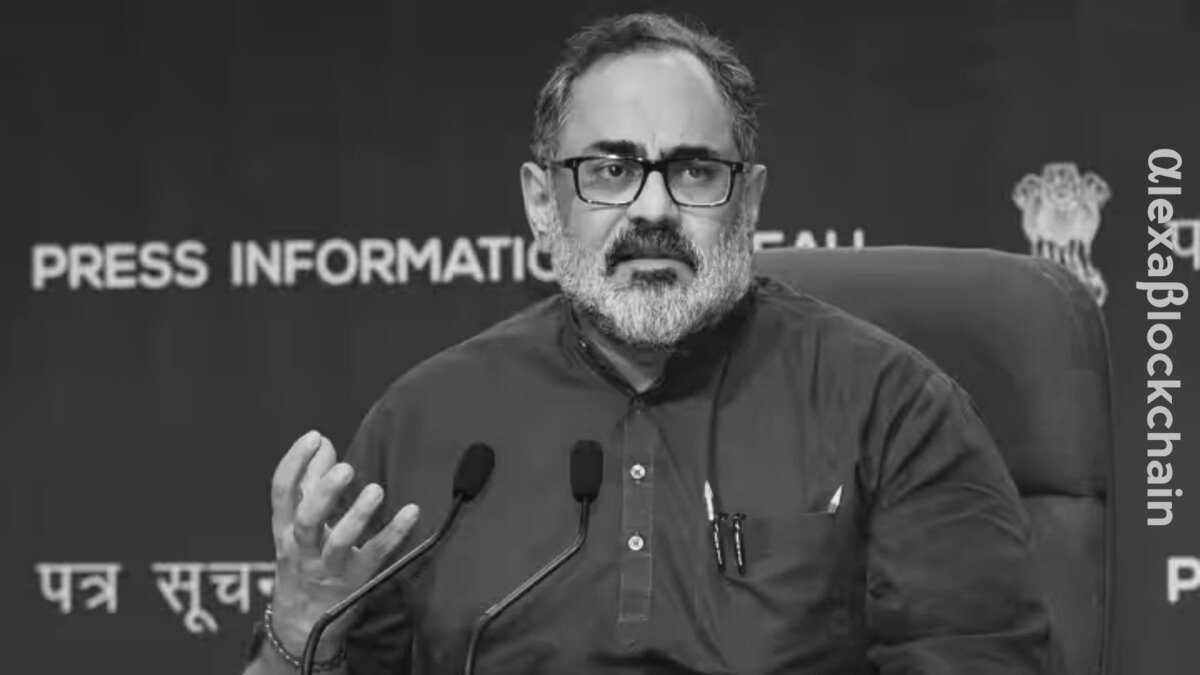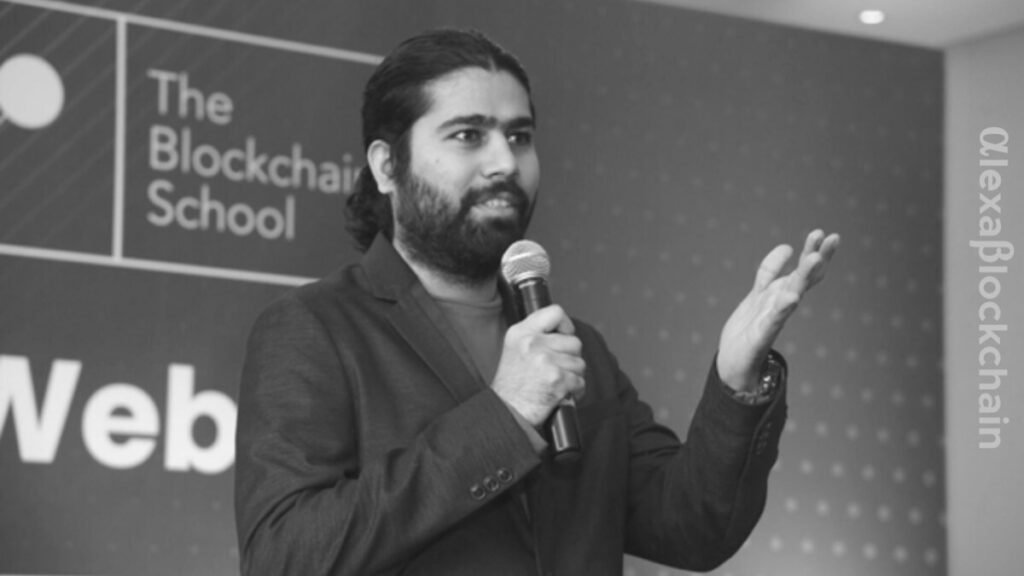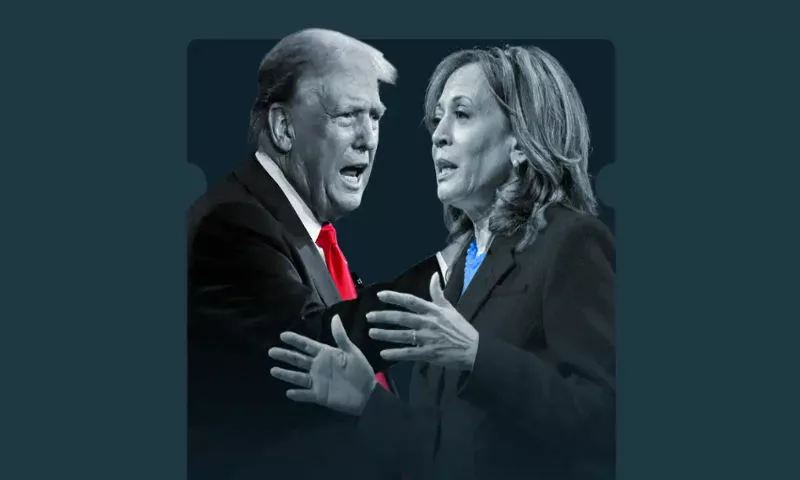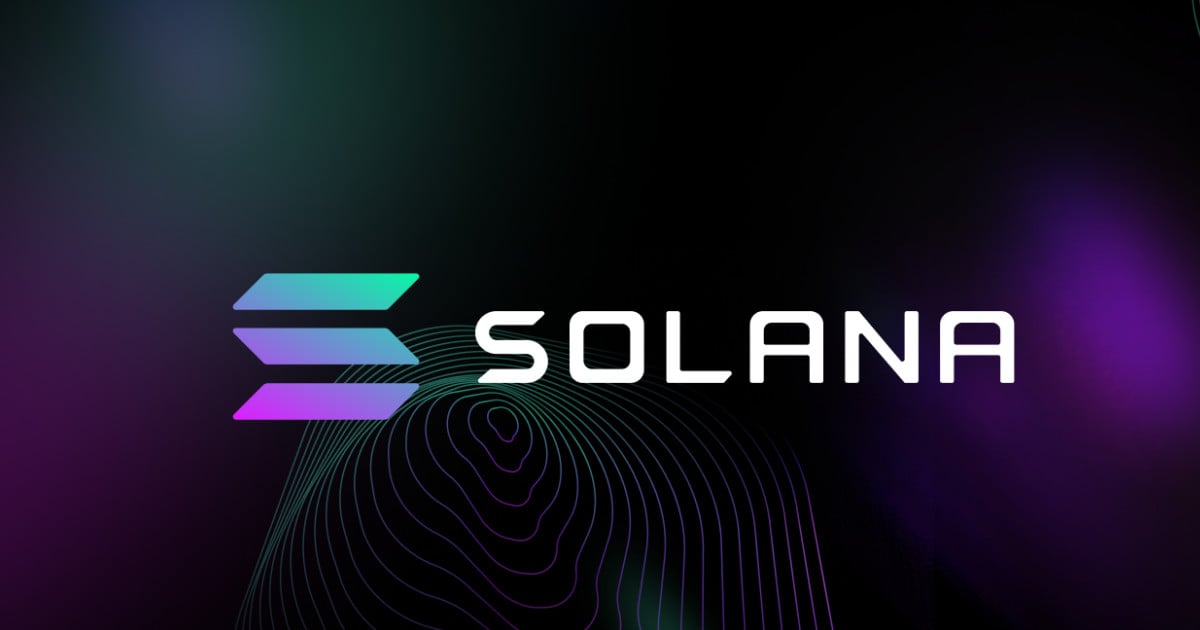India is committed to fostering Web3 innovation: MoS Chandrasekhar

quick take
In the recent Lok Sabha session, the Government of India expressed its firm commitment to shape the future of Web3 technology and the Internet. Initiatives include supporting Web3 startups, improving program technology, and fostering innovation. For India to truly lead this innovative technology environment, although promising, collaboration gaps and engagement challenges must be addressed.
The Indian government supports startups innovating in the Web3 space.
Seed. Rajiv ChandrasekharIndia’s Minister of Electronics and Information Technology emphasized the importance of Web3 and blockchain during a debate held in the Indian House of Representatives (Lok Sabha) on December 6, 2023.
He outlined the Government of India’s commitment to Web3 technology and highlighted its potential in shaping the future of the Internet. These commitments raise important questions about India’s role in the global Web3 landscape, government support for relevant startups, and the readiness of the Indian workforce for the technological leap forward.
Government initiatives and support for Web3 startups
Replying to a question from Dr. T. Sumathy (a) Thamizhachi Thangapandian, Chandrasekhar confirmed the government’s support for Web3 startups.
“Web3 represents the future of the Internet and the government is committed to ensuring that India’s innovation and innovation create the future of Web3 and the Internet,” he said.
Key initiatives include the establishment of a Center of Excellence (CoE) in blockchain technology, collaboration involving multiple stakeholders, including Software Technology Parks of India (STPI) and technology giants such as IBM and Intel. This CoE focuses on incubating promising startups in blockchain, a critical component of Web3.
The Ministry of Electronics and Information Technology (MeitY) also provides incubation and mentoring for emerging technology startups, although specific details are yet to be explored.
Upskilling efforts in emerging technologies
Chandrasekhar highlighted the “FutureSkills PRIME” program. We aim to strengthen the capabilities of IT experts in the field of new technologies, including blockchain. Program statistics reflect growing interest and participation in blockchain courses and highlight the burgeoning relevance of the sector. However, completion rates indicate potential gaps in engagement or resource allocation that need to be addressed.
“The FutureSkills PRIME program has nine courses on blockchain technology, with 1,999 people enrolled and 301 completing the courses,” says Chandrasekhar. “Additionally, under the blended learning program, C-DAC/NIELIT Resource Center trained 1,013 civil servants and 143 trainers in the field of blockchain technology.”
Missing collaboration with industry stakeholders
Interestingly, Chandrasekhar noted the lack of formal collaboration with industry stakeholders for Web3 awareness. These gaps represent potential areas for improvement, given the complex and evolving nature of Web3 technology.
Industry Perspective: Tezos India’s Perspective
Om Malviya, Chairman of Tezos India He shared his insights on the fast-growing Web3 startup ecosystem in India. He emphasized the important role of government initiatives such as: AlgoBharat and regulatory sandbox The goal is to create a startup-friendly environment.

Malviya’s optimism about India leading the way in blockchain innovation highlights the synergies between the Indian government’s efforts and the country’s entrepreneurial spirit.
Tezos India’s initiatives, such as supporting startups through grants and mentoring, are in line with the government’s vision. The rapid rise in female blockchain developers and their enthusiastic participation in TEZASIA Hackathon 2023 reflects the diversifying and expanding talent pool in the Indian blockchain sector.
Analysis and Future Outlook
The Indian government’s commitment to Web3 and blockchain, as evidenced by the initiatives and programs Chandrasekhar outlines, is positioning India as a potential leader in this space. However, the lack of collaboration with industry stakeholders for awareness and understanding of Web3 technology is a notable omission.
Upskilling efforts are admirable, but a stronger engagement strategy is needed to ensure higher completion rates and effective skills transfer. Governments can benefit by working closely with industry leaders to bridge the gap between policy formulation and actual implementation.
Tezos India’s contributions and optimistic outlook suggest that the Web3 sector is vibrant and growing. Nonetheless, for India to truly lead blockchain innovation, a more cohesive strategy involving all stakeholders – government, industry, and academia – is essential.
India’s journey towards a Web3-driven future is promising, but fully leveraging the potential of these new technologies requires a more integrated approach that bridges the gaps in collaboration, awareness and skills development.
Read: India Develops Tools to Deal with Cryptocurrency Criminals


